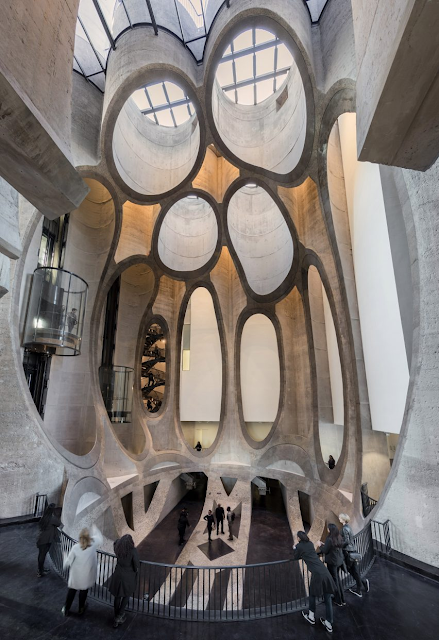OPPORTUNITIES IN THE "EVERYDAY"
Crawford's approach to urban planning and design, especially with adaptive reuse projects, is vital in encouraging community involvement, prioritizing the user's needs, and protecting buildings' cultural and historical values. Adaptive reuse is one of the most impactful and influential strategies in responding to the rapidly changing dynamics of urban environments and reflecting the idea of "everyday urbanism."
A great example of adaptive reuse that completely redefines an existing historic vernacular architecture into something iconic for the betterment of a city and its culture is Thomas Heaterwick's Zeitz MOCAA in South Africa. Turning grain silos into a museum is unexpected, but delightful to see the opportunities that emerged during the transformation.
Perhaps the concepts of Jill Stoner's "Minor Architecture" can be happily married to everyday urbanism and historic preservation in several ways. Minor architectures are exclusively found in conditions of "lack." It is never additive in the sense of top-down/heavy-handed, do-overs, or purely new constructions. Within that, perhaps a new, more democratic and unified architecture will emerge to work exclusively within the "every day."


Comments
Post a Comment